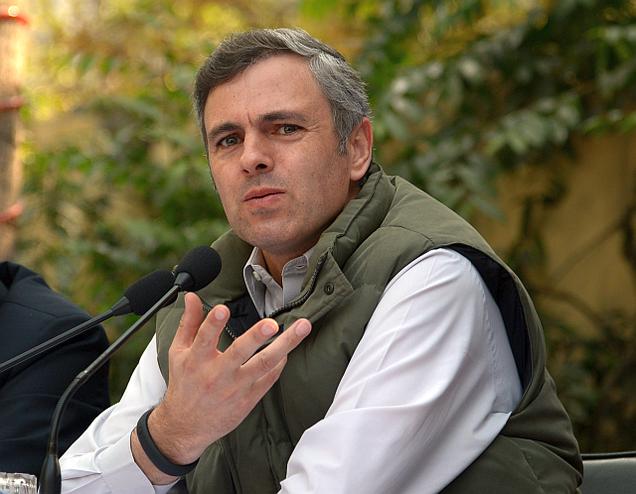by Gazanfar Ahmad
SRINAGAR: As the temperature drops, the haze increases, the smog stays and a cold wave grips Kashmir, the likelihood of people facing pulmonary problems spirals up. SRO Kashmir Foundation, a Srinagar-based NGO which primarily caters to pulmonary needs, said that there is a huge surge in demand for oxygen across Kashmir, especially in Srinagar.
Mohammed Afaaq Sayeed, the chairperson of SRO Kashmir Foundation, noted that following Covid19, this year, they witnessed an increase in demand for oxygen cylinders, oxygen concentrators, and non-invasive ventilation devices like BiPAP, and CiPAP machines. Syed mentioned that the existing demand can be likened to that during the COVID-19 pandemic period.
He notes a dip in demand in 2021, but a drastic spike from October 2023 onwards. “Comparing it with the demand from August and September 2023, there is a spike of 200 per cent. In last year’s winter, we would be exhausting five oxygen cylinders per day on average. This year, we provide 15-20 oxygen cylinders per day, which is huge and alarming at the same time.”
“The reason behind this hike is unknown to us, to which experts can shed light upon. We are only reacting to the situation. Non-invasive ventilation (NIV) machines like BiPAP were distributed less by us after 2021. Still, this year, even before approaching harsh winters, we have exhausted all 70 BiPAPs. We are procuring 30 more pieces now due to unexpected demand. Even oxygen concentrators are more in demand this time around,” Sayeed said.
“We would normally put 30-40 oxygen concentrators in buffer, and we didn’t touch them in the last two years. However, this year, concentrators are on the verge of exhaustion. Of 850 oxygen cylinders, we keep around 170 in buffer, and the pace with which we are distributing them right now looks like we have to procure more. In the last ten days, we issued 40 concentrators to new patients, not registered ones,” Sayeed added.
Contrastingly, its previous year demand was much lesser, despite power curtailments,” he added.
The surge necessitated the restart of the 24/7 service of SRO Kashmir for the past ten days. Handling pulmonary diseases poses a challenging task, especially among those above sixty years of age. Pertinent to mention, around 25 per cent of people in Kashmir are suffering from COPD (chronic obstructive pulmonary disease).
Equipped with the latest technology, including ultrasonic nebulizers, Holter monitors, body monitors, particularly in the neonatal intensive care unit (which monitors vitals), and battery-operated portable oxygen concentrators, Afaaq is confident about staying updated with technological advancements. He is also certain about meeting future demands in terms of quantity but hopes the situation does not worsen.
A recent article in NBC News makes certain assertions, and says “A Covid variant called HV.1 remains the predominant strain in the United States as of November 25, accounting for about 32 per cent of new cases, according to the CDC.”
However, there are signs that other variants may be gaining traction. The BA.2.86 variant, first detected over the summer, tripled in prevalence for the week ending November 25 compared to the week before, reaching 9 per cent of new cases from 3 per cent. This variant had drawn attention over the summer due to its high number of mutations.
Ali Mokdad, chief strategy officer for population health at the University of Washington, said that although it might be concerning to observe new variants emerging as winter approaches, he remains relatively unconcerned about what has been observed so far. “None of the variants that we look at right now are of concern. All of them are omicron variants, and we haven’t seen anything that’s scary that makes us say, ‘Oh, hold on a second, we need to be careful here,” he said.
Besides, concerns about a silent Covid variant, Kashmir grapples with deteriorating air quality during winters, contributing to the rise of pulmonary diseases. Shakil Romshoo, an earth scientist, as per a report in The Mongabay said, “The combined effect of cold weather conditions and biomass and coal burning, fossil fuel combustion, vehicular emissions, etc., lead to the accumulation of particulate matter (PM) in the lower atmospheric levels. With a temperature inversion in place, air in the valley becomes stagnant. The thick layer above it acts as a cap and prevents pollutants from dispersing.” This statement was published at the beginning of 2023.”
Approximately 10,000 people die in Jammu and Kashmir each year due to diseases attributed to air pollution.















